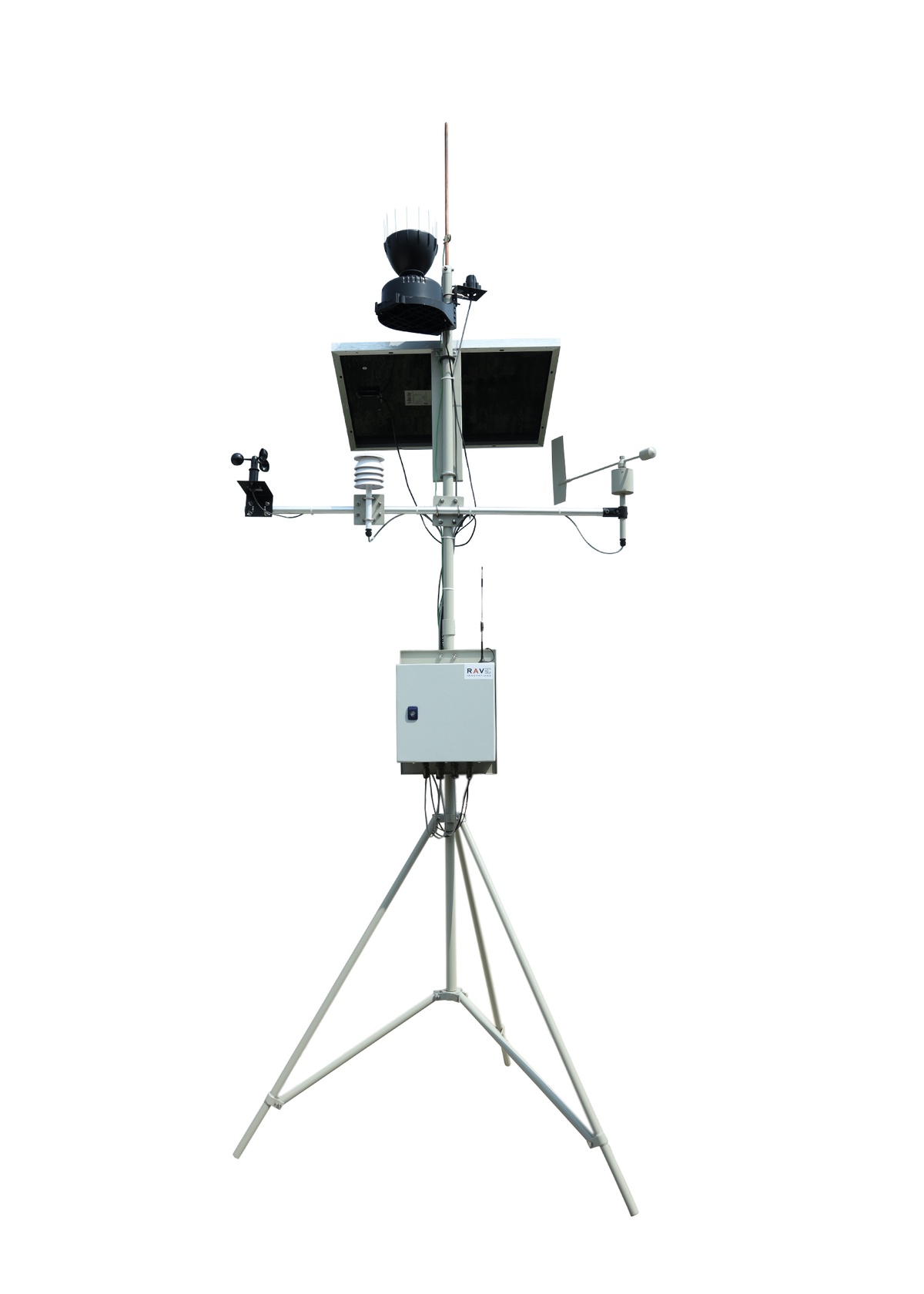A weather station is a device used to measure and record various atmospheric conditions in a given location. The data collected by these stations can be used to predict weather patterns, detect climate change, and inform a variety of industries such as agriculture, aviation, and emergency management. In order to accurately measure and record the various atmospheric conditions, a weather station uses a variety of sensors.
The most common sensors used in a weather station include a thermometer, barometer, hygrometer, anemometer, and rain gauge. Each of these sensors is responsible for measuring a different atmospheric condition.
The thermometer is used to measure temperature. There are two types of thermometers used in weather stations: mercury and digital. Mercury thermometers use the expansion and contraction of a column of mercury to determine the temperature, while digital thermometers use electronic sensors to determine the temperature.
The barometer is used to measure atmospheric pressure. It does this by measuring the weight of the air above it. As air pressure changes, the barometer moves, allowing for an accurate measurement of atmospheric pressure. Barometers can be either aneroid or mercury-based.
The hygrometer is used to measure humidity. There are two types of hygrometers used in weather stations: wet and dry bulb. Wet bulb hygrometers use a wet wick to measure the evaporation rate, while dry bulb hygrometers measure the temperature and compare it to the dew point to determine humidity.
The anemometer is used to measure wind speed. It does this by using a set of cups or vanes that spin when the wind blows. The rotation of the cups or vanes is used to determine the speed of the wind.
The rain gauge is used to measure precipitation. It does this by collecting rain or snow and measuring the amount that falls. The most common type of rain gauge is the standard cylinder gauge, which consists of a funnel that collects precipitation and a cylinder that measures the amount collected.
In addition to these sensors, some weather stations also include sensors to measure other atmospheric conditions such as solar radiation, soil moisture, and atmospheric pollutants. These sensors can provide additional data that can be used to inform a wide range of industries and applications.
Once the data is collected by the sensors, it is sent to a data logger, which records and stores the data. This data can then be transmitted to a central computer or server for analysis and interpretation. In some cases, the data may be transmitted in real-time, allowing for immediate analysis and response.
In conclusion, weather stations and their sensors play a critical role in measuring and recording atmospheric conditions. By using a variety of sensors to measure temperature, atmospheric pressure, humidity, wind speed, and precipitation, weather stations can provide accurate and reliable data that can be used to predict weather patterns, detect climate change, and inform a variety of industries and applications.


No comments yet